Energy-saving, resource-saving, and reduction of the environmental impacts
Environment Management
Environment Management System
Environment Management
The Group works on energy savings, waste reduction, and chemical substance management as important issues. We create the "Shin-Etsu Group Environmental Safety Management Plan" every year in accordance with the Responsible Care Codes*1 and set numerical goals.
The company and the plants of our Group companies set goals annually according to this plan and work to achieve them.
Annual activity results are reported to the corporate officer in charge of the environment control at the Group Environmental Protection Conference.
In order to increase the quality of activities, each plant and the Group companies perform several internal audits a year to check if they have set appropriate goals and the progress that they have achieved. In addition, we also check their activities and achievements through periodical environmental control and safety audits. The audit results are reported to the top management.
※1Responsible Care Codes
Six principle areas are addressed when implementing Responsible Care: Responsible Care Codes consist of seven codes, composed of six codes for different activity areas, namely, environmental preservation, disaster prevention, occupational health and safety, distribution safety, chemical and product safety, and dialogue with the public, and the Management System Code, designed to operate all the above commonly as a system.
Environmental Certification
In 1996, Shin-Etsu Chemical Gunma Complex obtained the ISO 14001 certification, becoming the first facility of a major chemical company in Japan to achieve such a certification. The Group has continued to obtain the ISO 14001 certification, the international standard for environmental management systems.
Targets and Results
The following shows our targets and results for environmental protection and chemical substance management for FY2023 and our targets for FY2024.
Reduction of Environmental Impact
Promoting the Reduction of Environmental Impact
The Group constantly works to promote the reduction of environmental impact in the manufacturing stage. Furthermore, we are considering ways to reduce the environmental impact at the product usage stage and to contribute to energy and resource conservation. The Research, Manufacturing, and Sales Departments work together to develop products that are used in various fields, including the manufacturing industry, our daily lives, and the renewable energy industry.
Environmental Impact of Business Activities
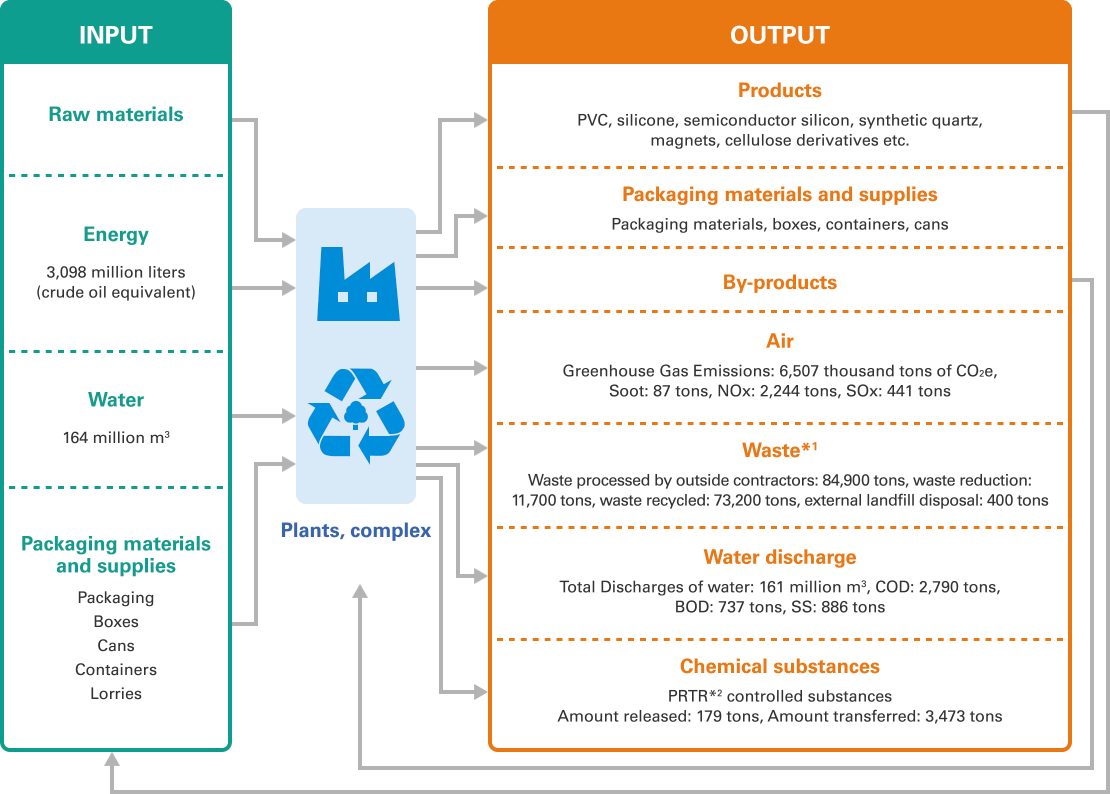
*1Waste
Since the standarsds of waste differs between Japan and other countries, the range of entities for the waste is Shin-Etsu Chemical Co., Ltd. and the consolidated in Japan.
*2PRTR controlled substances
515 substances have been identified as Class I designated chemical substances from the Pollutant Release and Transfer Register (PRTR) system in the Act on Confirmation, etc. of Release Amounts of Specific Chemical Substances in the Environment and Promotion of Improvements to the Management. Since the standarsds of PRTR differs between Japan and other countries, the range of entities for the PRTR is Shin-Etsu Chemical Co., Ltd. and the consolidated in Japan.
Environmental Accounting
In FY2023, the company referred to the "Environmental Accounting Guidelines 2005" prepared by the Ministry of the Environment in Japan to calculate the investments and expenditures necessary to reduce the environmental impacts of air pollution, water pollution, environmental release of chemical substances, etc.; energy-saving measures to conserve the global environment; and reducing waste and recycling to reuse resources. The economic impact for FY2023 decreased due to a significant decrease in production volume.
| million yen | |||
| Category | Details | Investment | Expenditure |
|---|---|---|---|
| Plant area costs | 2,313 | 11,445 | |
(1)Pollution prevention costs |
Prevention measures for air, water, noise and other type of pollution | 877 | 4,526 |
(2)Global environmental conservation costs |
Energy saving and global warming mitigation measures | 466 | 3,876 |
(3)Resource recycling costs |
Waste reduction, recycling and other measures | 969 | 3,043 |
| Upstream and downstream costs | Green purchasing and container and packaging measures | 18 | 87 |
| Administration costs | Environmental management, environmental impact monitoring and environmental education measures | 13 | 500 |
| Research and development costs | Research and development of environmentally conscious products and processes | 0 | 3,051 |
| Social engagement costs | Donations and contributions to environmental saving | 0 | 114 |
| Environmental remediation costs | Assessment, handling and other costs related to environmental pollution | 0 | 35 |
| Total | 2,343 | 15,232 | |
| million yen | |||
| Details of benefits | Economic benefit | ||
|---|---|---|---|
| Energy saving | -1,322 | ||
| Improved production efficiency | 2,836 | ||
| (1) Production process | 2,552 | ||
| (2) Secondary materials costs | 284 | ||
| Reduction in waste treatment costs | 43 | ||
| Profit from sale of valuable resources | 319 | ||
| Total | 1,875 | ||
Cost of Environmental Conservation : Investment and Expenditure
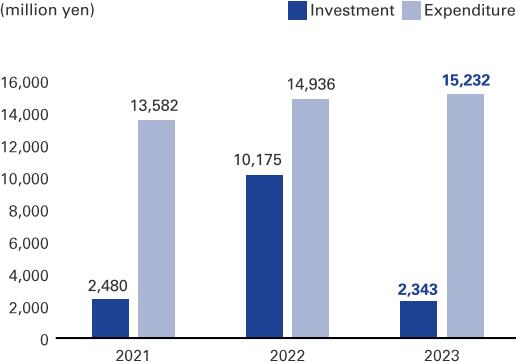
Economic Impact
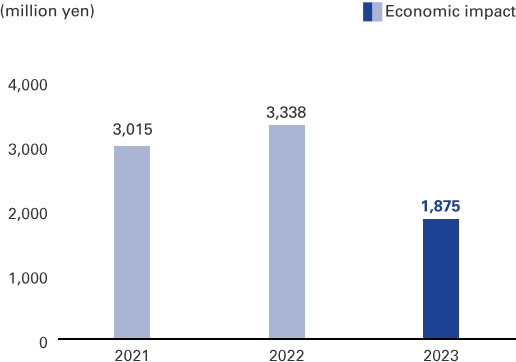
*The range of entities for the Environmental Accounting is Shin-Etsu Chemical Co., Ltd.
Reduction of Environmental Impact in Plants
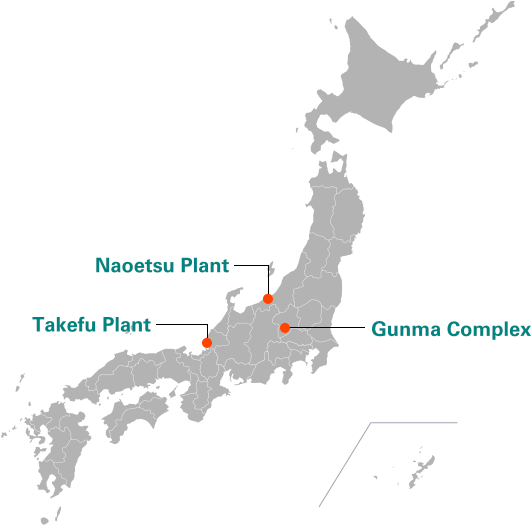
Gunma Complex
The Gunma Complex, our main production base for silicone products, is working to reduce greenhouse gas emissions by introducing a cogeneration system fueled by natural gas. In addition, it is implementing initiatives to minimize water withdrawal by recycling the water taken from rivers and to reduce the percentage of final landfill disposal to less than 1% of the amount of waste generated.
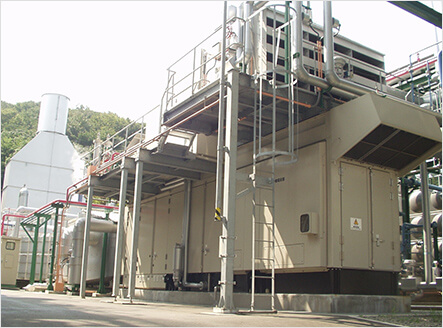
Naoetsu Plant
The Naoetsu Plant, which produces a wide range of chemical products and highly functional products, including silicone products and electronics materials, is working to reduce greenhouse gas emissions with a gas turbine cogeneration system. It is also working to save energy by reusing nitrogen necessary for chemical reaction processes.
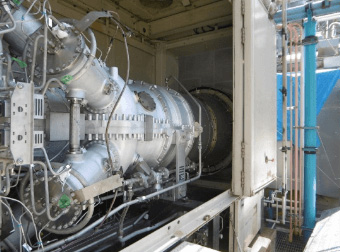
Takefu Plant
The Takefu Plant, which conducts research and production of cutting-edge magnet materials using rare earths, and produces silicone products and rare earth compounds, is working to promote energy conservation and reduce greenhouse gas emissions by, among other measures, applying heat-shielding paint to the roof of the factory building to prevent heating from sunlight.

Initiatives of Shin-Etsu Magnetic Materials Vietnam Co., Ltd. (Vietnam)
Visit by the United Nations Industrial Development Organization
In March 2023, representatives from the United Nations Industrial Development Organization (UNIDO) and state administrative agencies of the Central Government of Vietnam visited Shin-Etsu Magnetics Materials Vietnam Co., Ltd., which is located in an industrial park in Hai Phong City. The company was selected as a UNIDO-sponsored "Global Eco-Industrial Park Project" and has been working on energy conservation, resource conservation, and waste reduction with the aim of becoming a model for other eco-industrial parks. During the visit, in addition to reporting on past achievements and planned improvements in the future, the company explained its circular manufacturing process that incorporates recycling, and how it contributes to energy conservation in society through the manufacture and sale of rare earth magnets.
We currently manage our environmental impact in the following ways:
-
Manage air environment impact:
We have installed exhaust gas treatment equipment to treat the gases emitted from the production process. It also has a dust filter that removes dust from the exhaust gas before it is released into the environment. The released gas quality meets Vietnam's national technical standards. The output gas emission quality is met Vietnamese national technical standard. Those scrubbers are operated and checked conditions everyday by EHS team.
-
Manage water source environment impact:
①Install wastewater treatment plant to treat all industrial wastewaters generated from productions meeting Vietnam National technical standard before discharging it to river. This system is operated and checked condition everyday by our EHS team. Industrial wastewater sample is monitored everyday by Laboratory.
②Install sewage wastewater treatment plant to treat wastewater come from canteen, hand sink, etc to meet internal regulation of Industrial zone before transferring to Industrial zone to get final treatment.
③Monitoring industrial wastewater, sewage wastewater, emission gas every 3 months/time by 3rd party.
-
Waste management:
①Our employees sort waste every day. Solid waste storage areas are separated and identified by waste type. Recyclable waste is separated from solid waste and sold to external parties to be used as materials for other companies, thereby contributing to reducing environmental impact.
②We provide training on waste identification and classification for newly hired employees.
-
We got ISO14001 certification in 2018.
-
We keep up to date with and comply with applicable Vietnamese laws and regulations.
-
We hold technical meetings to encourage employees to submit their ideas for improving environmental protection, such as saving water and electricity.
-
Planting trees at the factory to ensure that the green area is at least 20% of land.
Related Data
| Aspect | Classification | Scope | Unit | FY2021 | FY2022 | FY2023 |
|---|---|---|---|---|---|---|
| Management | ISO14001 certification ratio*1 (Plants) |
Shin-Etsu Chemical | % | 100 | 100 | 100 |
| Consolidated plants | % | 70 | 73 | 73 | ||
| Total costs of environmental fines and penalties | Japan | Yen | 0 | 0 | 0 |
*1ISO14001 certification ratio
The plants which does not have ISO14001 certification has a occupational health and safety management system the same level as ISO14001.
Key Sustainability Issues
- The foundation of all activities: legal compliance, fair corporate activities
- Health and safety of employees and contractors
- Energy-saving, resource-saving, and reduction of the environmental impacts
- Product quality improvements and product safety control
- Promoting CSR procurement and the diversification of supply sources
- Respect for human rights, the development of human resources, and the promotion of diversity
- Respect for and protection of intellectual property
- Contribution to industry and social initiatives
- Accurate and timely information disclosure and communication with stakeholders


